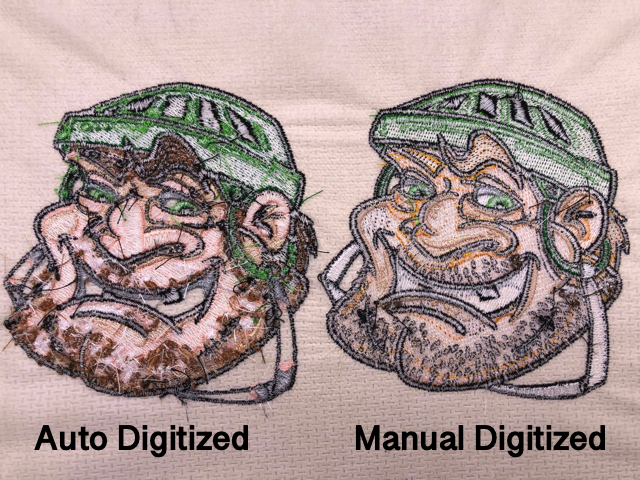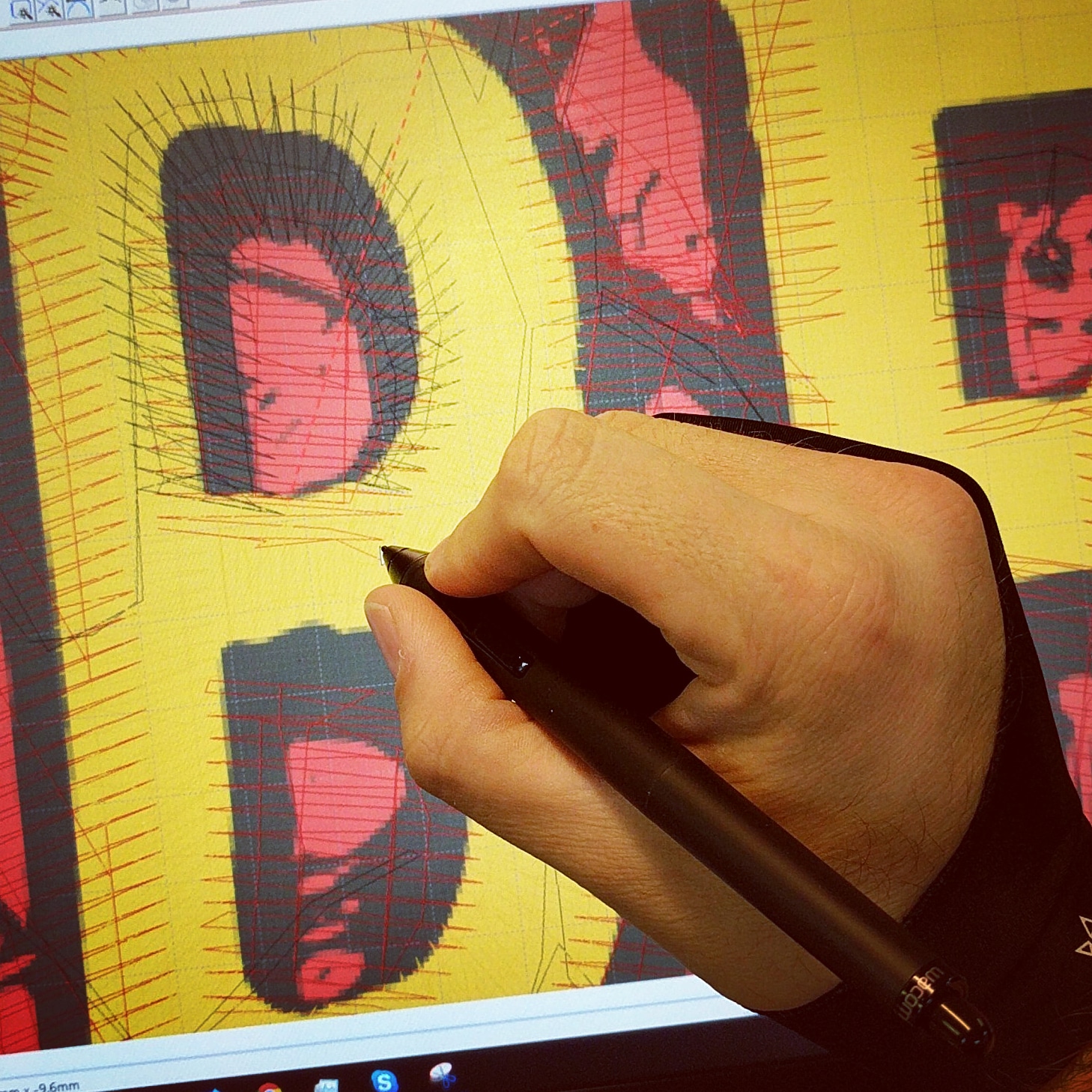Mastering the Embroidery Digitizing Refine: Your Ultimate Overview
Embroidery digitizing is a precise craft that requires accuracy and know-how to equate detailed layouts right into digital formats for maker embroidery. As craftsmens start this trip to master the needlework digitizing procedure, a thorough understanding of the basics sets the structure for excellence. However, beyond the basic expertise exists a realm of advanced software program, specialized tools, and nuanced methods waiting to be explored. By diving into the nuances of digitizing, one can open a world of innovative opportunities and raise their needlework jobs to new elevations.

Recognizing Embroidery Digitizing Basics
Embroidery digitizing fundamentals form the structure whereupon elaborate designs are equated right into machine-readable layouts for specific sewing. This preliminary action in the needlework digitizing procedure is important for making sure that the last stitched item is a devoted representation of the original style. Recognizing embroidery digitizing fundamentals involves comprehending essential ideas such as stitch kinds, sew instructions, density, underlay, and pull settlement.
Stitch types play an essential duty in figuring out the aesthetic and textural end result of the embroidered layout. By selecting the appropriate stitch kind, whether it be satin, fill, or running stitch, digitizers can accomplish the desired effect and enhance the overall high quality of the embroidery. Furthermore, sew instructions affects the circulation and dimension of the layout, while density figures out the spacing and insurance coverage of the stitches.
Additionally, underlay sewing provides stability to the layout by protecting the textile and stopping distortion during the needlework procedure. Draw settlement is an additional important consideration to counteract the all-natural tendency of textile to contract when sewn. Mastering these embroidery digitizing essentials is basic for creating professional-quality stitched items.
Choosing the Right Digitizing Software
Picking the proper digitizing software is a vital decision that considerably influences the efficiency and top quality of the needlework digitizing process. Digitizing for Embroidery. When picking the appropriate digitizing software application, it is essential to take into consideration aspects such as the complexity of styles you plan to develop, the user-friendliness of the software, the degree of client assistance provided, and the compatibility with your embroidery machine
There are different digitizing software program choices readily available out there, ranging from standard programs for beginners to advanced software for specialist digitizers. Some prominent options include Wilcom EmbroideryStudio, Hatch Embroidery Software, and PulseID. These software provide a large range of tools and functions to help you produce complex designs with convenience.
Prior to deciding, it is suggested to check out the different software choices through free tests or trials to identify which one finest matches your demands. Furthermore, reviewing reviews and looking for suggestions from skilled digitizers can provide valuable insights into the strengths and weaknesses of each software plan (Digitizing for Embroidery). By thoroughly reviewing your needs and comparing the functions of various digitizing software program, you can make an enlightened option that boosts your embroidery digitizing operations
Digitizing Tools and Strategies

Optimizing Layout Setup for Embroidery
Mastering the intricacies of style settings is fundamental in website here attaining optimal results in the needlework digitizing procedure, building upon the structure laid by comprehending digitizing tools and techniques. When enhancing layout setups for embroidery, it is necessary to take into consideration elements such as stitch kind, thickness, rug, pull compensation, and registration. Stitch type selection influences the general look and feel of the design, with alternatives like satin, fill, and running stitches using various textures and impacts. Density describes the spacing and thickness of stitches, impacting the style's coverage and durability. Appropriate padding stitching provides stability and avoids textile distortion, specifically for intricate styles or on elastic materials. Pull settlement adjusts for textile stretch during sewing, guaranteeing exact design replication. Registration setups straighten different components of the design precisely, preserving overall design stability. By fine-tuning these design settings, embroiderers can improve the high quality and precision of their embroidered developments.

Troubleshooting Common Digitizing Issues
When running into usual digitizing problems throughout the embroidery process, it is necessary to comprehend the root triggers and implement reliable solutions immediately. One typical problem description is stitch thickness concerns, where stitches may be as well dense, triggering the textile to pucker, or also thin, causing gaps in the design. Adjusting the stitch thickness setups in the digitizing software can assist resolve this issue.
Another constant challenge is thread breaks during the embroidery process. This can happen because of various reasons such as inaccurate tension setups, dull needles, or utilizing low-grade thread. Guaranteeing correct maintenance of the embroidery machine, consisting of regular needle changes and stress modifications, can minimize the occurrence of string breaks.
Moreover, style enrollment errors can lead to misaligned elements within the needlework layout. Checking the design positioning in the digitizing software program and making essential changes prior to sewing can help in avoiding this issue. By dealing with these common digitizing problems quickly and successfully, you can ensure a smoother embroidery process and high-quality finished products.
Verdict
Finally, mastering the embroidery digitizing process requires a solid understanding of the fundamentals, the appropriate choice of software, and understanding of devices and strategies. Optimizing design settings and repairing typical digitizing issues are important action in making certain premium embroidery outcomes. By adhering to these steps vigilantly, one can attain precision and performance in you can check here the digitizing process.